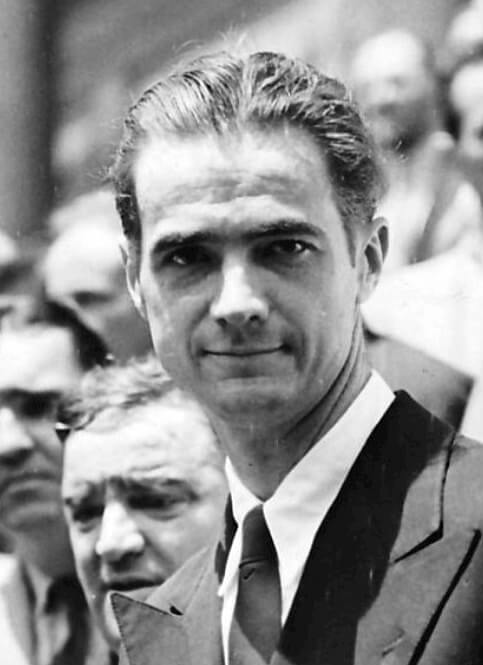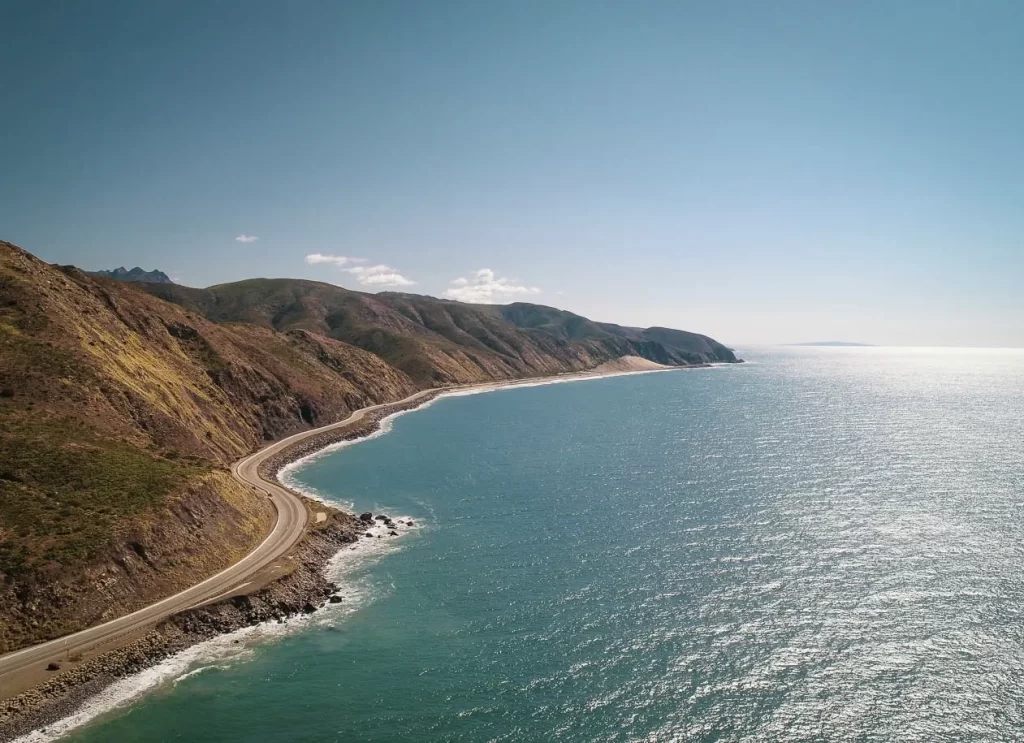When Howard Hughes Ruled The West Side
We’ve all heard of Howard Hughes, the rich eccentric man who contributed heavily to the aerospace industry. But who was he? And how did he end up at the right time and place for his interest to flourish?
Our new tour Spacequest takes you behind the scenes as we guide you through some of the most important landmarks of the aerospace industry. Here’s a taste of the places you’ll see!
The Man Behind The Plane
Though called eccentric at the time, experts generally agree that Howard Hughes suffered from Obsessive-Compulsive Disorder. In his later years, his increasingly erratic behavior led to the downfall of many endeavors and companies. One infamous incident in 1958 saw him live for four months in a dark film studio without ever leaving or bathing and collecting his urine in glass bottles.

Although he’s famous for his contributions to the aerospace industry, Howard Hughes didn’t start there. He began his career as a renowned director in Hollywood. His film Two Arabian Knights (1928) won him an Academy Award. In the late 1940s, he took over RKO Productions in the hopes of turning the film company around.
However, soon after acquiring the studio, he fired most of its employees and spent a lot of money investigating the remaining people for possible ties to communism. He sold the company only a few years later when he decided to focus exclusively on real estate and the aerospace industry. But before you can understand his contributions to the field, it’s essential to know more about the area he worked in.
The Westside’s Story
Like many places in California, Westchester started as an agricultural community in the early 1900s. It wasn’t until the late 1920s that a combination of Mines Field Airport and Loyola University began drawing the interest of more and more people to the area, particularly those who specialized in aviation.
Westchester was intended as a neighborhood for the working class. However, during World War II, the aerospace industry boomed as scientists raced to develop new weapons and vehicles, and people clamored to live in the area. Even after the war ended, the industry continued to thrive in tandem with Westchester.

Planes Make The Man
Armed with his love of science and his late parents’ massive fortune, Hughes expanded his business into aerospace engineering. Hughes started Hughes Aircraft to produce his planes. He went on to set multiple world records for his flying. He even commissioned a custom aircraft called the Hughes H-1 Racer. Flying that plane, he set the landplane airspeed record of 352 mph in 1935.
He set the new record for the fastest transcontinental flight from Los Angeles to Newark a few years later. Hughes went on to create a new kind of weaponized plane, a fighter jet. However, before he could persuade the military to buy the idea, lightning struck the hangar and destroyed the aircraft. This wasn’t his only setback. He managed to survive four separate plane crashes throughout his life, one of which happened while filming a movie.

Want to learn more? Stay tuned for Wayfarer’s Spacequest tour by following @wayfarer_journey or #knowtheworld!



 by xotatech.com
by xotatech.com